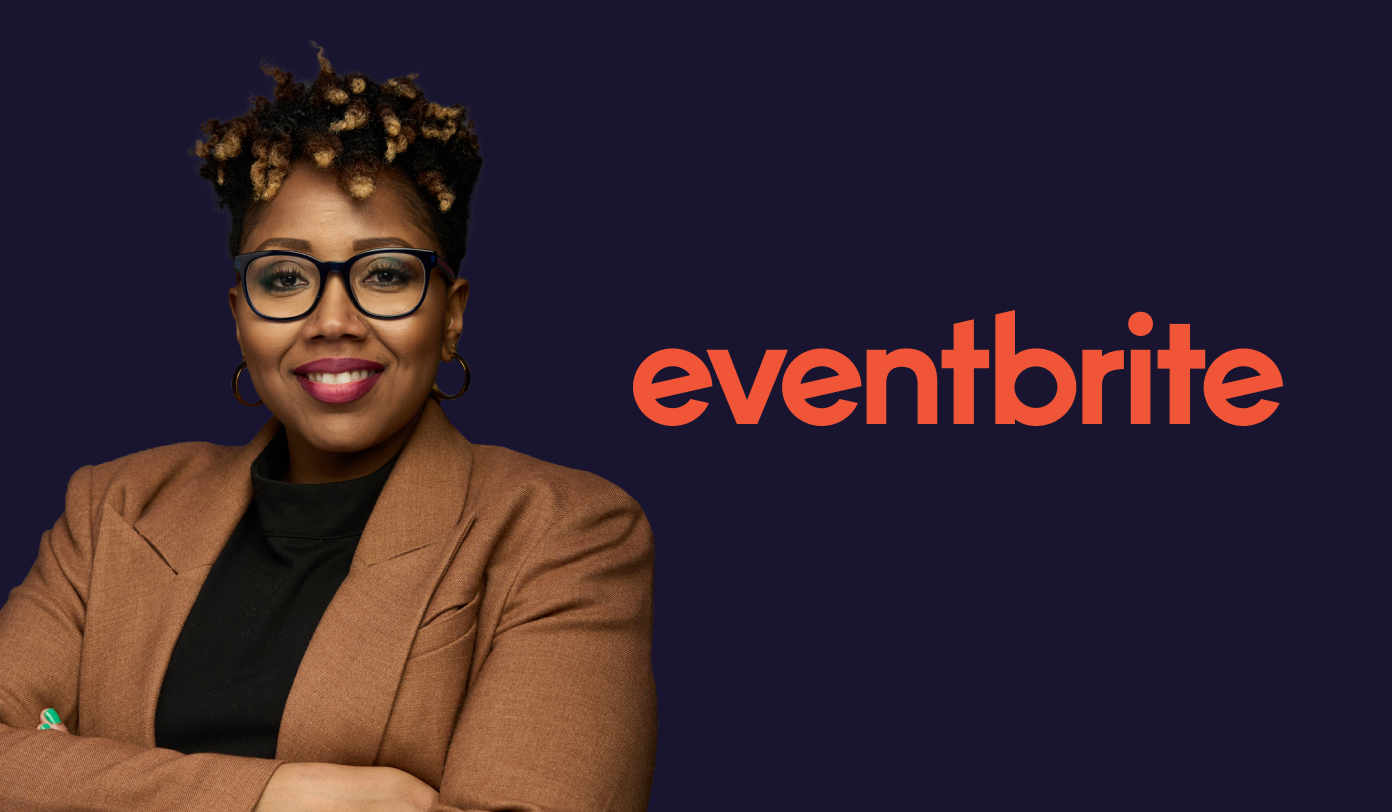In this series, Talk data to me, we chat with leaders from the world’s biggest brands and agencies about how they’re using insights to drive their business strategies.
We caught up with Tessa Hazzard, Head of Fundraising at Woman’s Trust, a specialist mental health charity providing free counseling and therapeutic services for women who have experienced domestic abuse. Her team recently ran some custom questions with GWI to help inform their fundraising strategies. Ultimately, they wanted to understand how UK consumers feel and act towards charities – and what drives them to donate.
Here are some of the insights we uncovered, alongside Tessa’s thoughts on engaging younger audiences, the stats that inspire her work, and how data can help solve her industry’s biggest threat.
What’s keeping you busy at the moment?
There’s a lot of focus at the moment on the suicide rates of women who have experienced domestic violence, and it’s something that statutory agencies are now looking at because that link has only just been identified. So, we’re trying to create services around that to ensure women’s safety.
What stat recently shocked you?
Less than 2% of secured funding in the UK goes to the women’s and girls’ sector, and most of those grants are £10,000 and under.
Lots of women’s organizations are notoriously underfunded, which means the staff are underpaid, the services are often closed, and the waiting lists are long.
We’re really trying to work with commissioners and other large grant funders to provide a service plan that helps reduce the patchwork of provision across London.

What do you think will be the biggest opportunity in your sector in the coming years?
We really need to work on engaging – and resonating with – a younger audience. I think the support is there, we just need to be much more fluid and create a bigger presence on social media to inspire action or donations.
A lot of younger women experience a lot of abuse in their relationships, but probably wouldn’t call it domestic abuse, so the way we talk about it, and even the terms that we use to describe it, need to change.
What do you think the biggest threat is in your sector in the next few years?
London boroughs are having to manage with much less money, which means services they used to provide may not be supported in the future. I think they’ll have to partner with one another because they just don’t have enough money.
And because money will be so tight, we’ll need to have much more data about what we’re doing so that we can prove impact, showcase ROI to donors, and develop additional areas to secure funding for our key services.

What top trend are you seeing emerge in your wider industry?
The trend that I’m seeing at the moment is funders working with smaller organizations like charities that deal with a subsection of a community.
I think there’s a preference to support growth and development in smaller organizations that are local and provide grass roots community solutions and encourage more user involvement. So, instead of someone on a board having an idea for a service, the service would come from the actual community that you’re engaging with – rather than the other way around.
Fancy a look around?
Book your demo






.webp?width=495&height=317&name=pink_thumb_graphs%20(1).webp)
.webp?width=495&height=317&name=pink_thumb_letter%20(2).webp)
